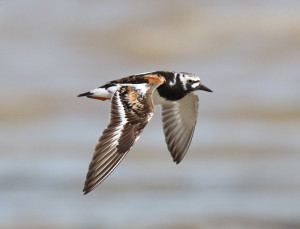
One of my favourite locations when birding in UK is Shellness on the Isle of Sheppey in Kent. Invariably I have the place more or less to myself and it is a remarkably wild place considering how close to London it is but the main attraction is the fact that it forms a high tide roost for large numbers of birds after they have been feeding on mud flats in the area including thousands of Oystercatchers along with large numbers of Black-tailed Godwits.
Yesterday I checked the tide times which indicated that shorebirds would be heading to their roost at a time when, if I stood on the beach, they would be flying towards me with the light behind me; perfect for photography. The only complication being that the weather forecast was for it to be the hottest day of the year with temperatures of 35C plus. A pleasant sea breeze took the edge off of the heat and as well as Oystercatchers and Black-tailed Godwits I saw Common Greenshank, Eurasian Curlew, Sanderling, Ruddy Turnstone, Common Redshank, Whimbrel, Common Ringed Plover as well as Mediterranean Gull, Sandwich Tern, Little Tern, Common Gull and Common Tern all coming to the roost site. The following is a collection of photographs from the day.
I arrived at Shellness a little bit early for the tide to push shorebirds up to the roost site so I spent a little time photographing a group of Sand Martins that were resting on some overhead wires and making short flights.
A quick visit to the Fish ‘n’ Chip shop and a few well-placed chips lured a few gulls down to have their photographs taken.
After these distractions I headed onto the beach to wait for the tide to come in and push the birds towards their roost site but with the tide only just turning I had plenty of time to get some photos of Common Ringed Plovers which were the only shorebirds not feeding right on the water’s edge and the only ones I could get close to before the incoming tide.
By which time the tide began to come in and slowly birds began to get closer to me particularly when a light aircraft passed over the mudflats twice, disturbing the flocks and putting them under stress. Most birders know that shorebirds are under extreme threat from drainage of breeding habitat, hunting and mudflat reclamation but the issue of disturbance is less talked about but perhaps as important as the other conservation issues that concern them. For birds that migrate long distances it is vital that they have secluded places to roost and rest as well as being able to have sufficient time to feed and replace lost energy. Flying a plane at low altitude, repeatedly with apparent intent to flush them is just another thing to make birds’ lives harder than they already are.
The large majority of these birds did head back to their feeding areas after a prolonged period of disturbance but shortly after the tide began to rush in pushing them onto their roost site, passing close by in many cases. Huge numbers of Oystercatcher always create a spectacle and it is a great place to get photos of them, even in temperatures of 36C!
As the tide came in large numbers of Common Terns came through as well as plenty of Sandwich terns, many of which were still feeding fully-fledged young.
Large numbers of Black-tailed Godwits flew past, heading to the roost sit too and at this time of the year many of them are still have beautiful rusty colouration which lights up in the sunshine.
mThis Black-headed Gull flew past with a flight feather almost disconnected and as it passed by the feather fell out and feel to the ground, although I missed that moment with the camera.
Smaller numbers of other shorebirds went past too but I struggled to get close enough for very good shots. The following one of some Whimbrel is about the best.
As the tide began to lap around my feet I decided that the hours I had spent in the heat were enough and that it was time to go home and enjoy a drink and go through the photos; any species I did not get good shots of could wait for another day having enjoyed the afternoon.
Back at the car it was extremely hot without the sea breeze and the reading on the car thermometer was 36C; it is not every day I get to go birding on a tropical island – the Isle of Sheppey!
The camera set up I use is very good for photogrphing birds in flight. The body is the Canon 7D Mk II and the lens I use is Canon EF 100-400mm IS II USM.


 July 26th, 2019
July 26th, 2019  Nick
Nick 
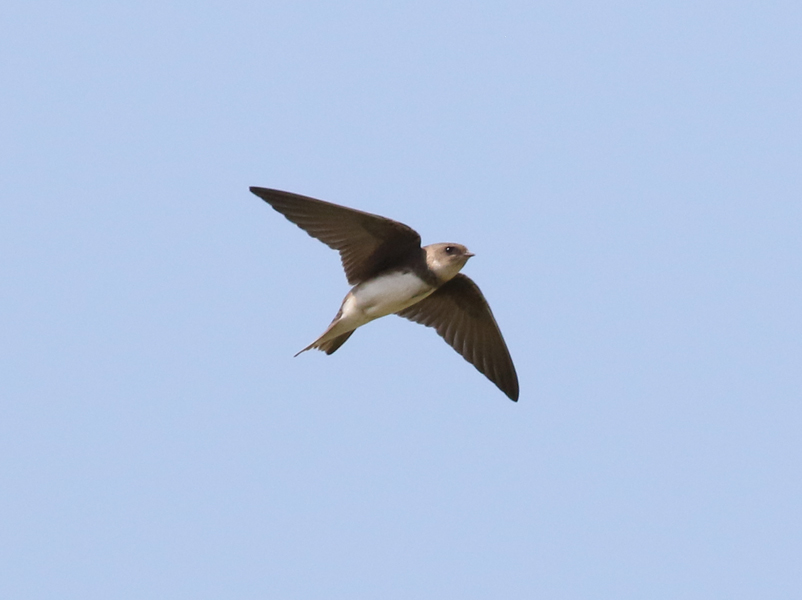
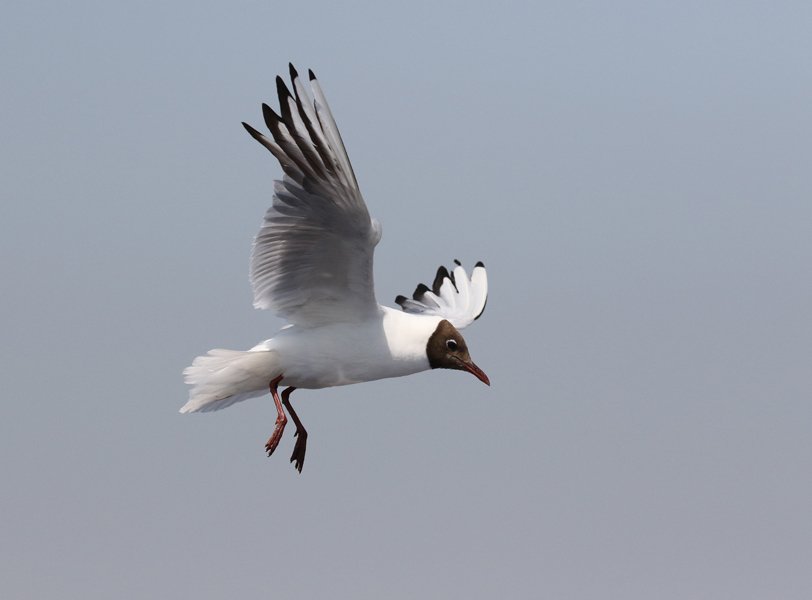
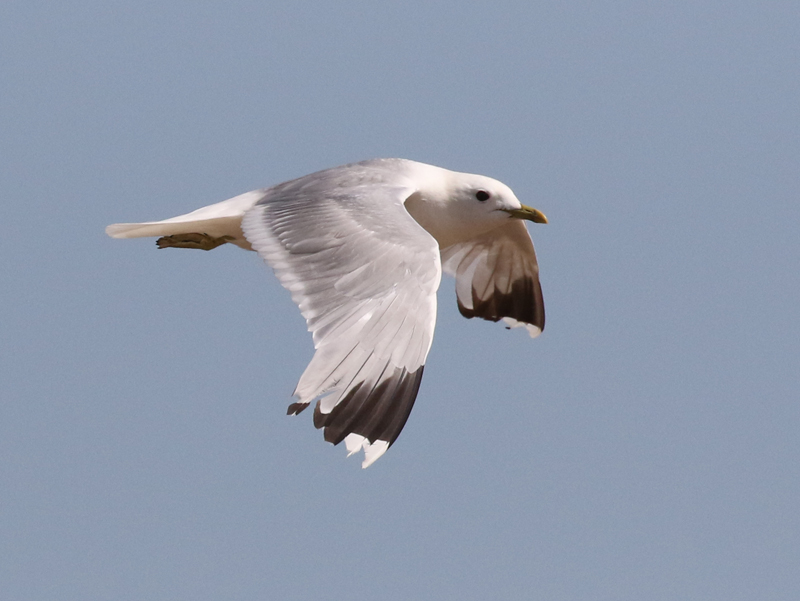
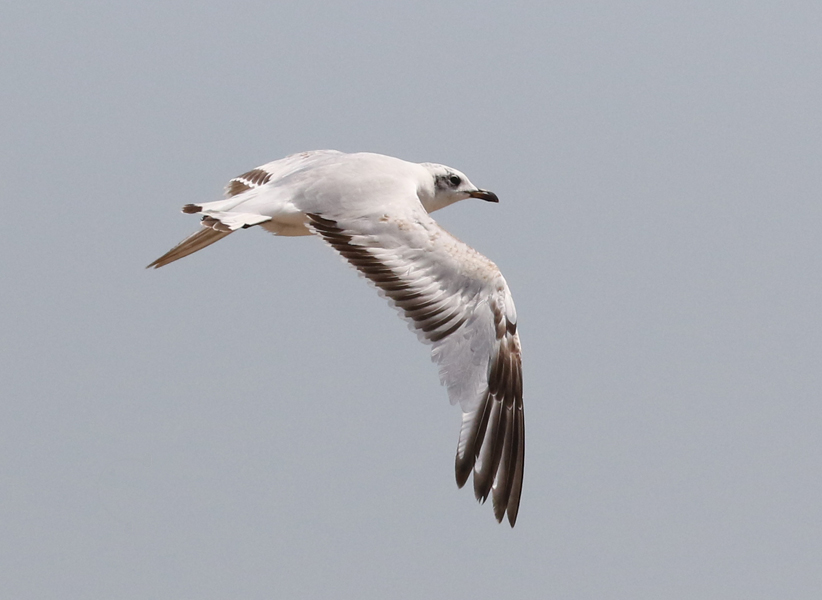
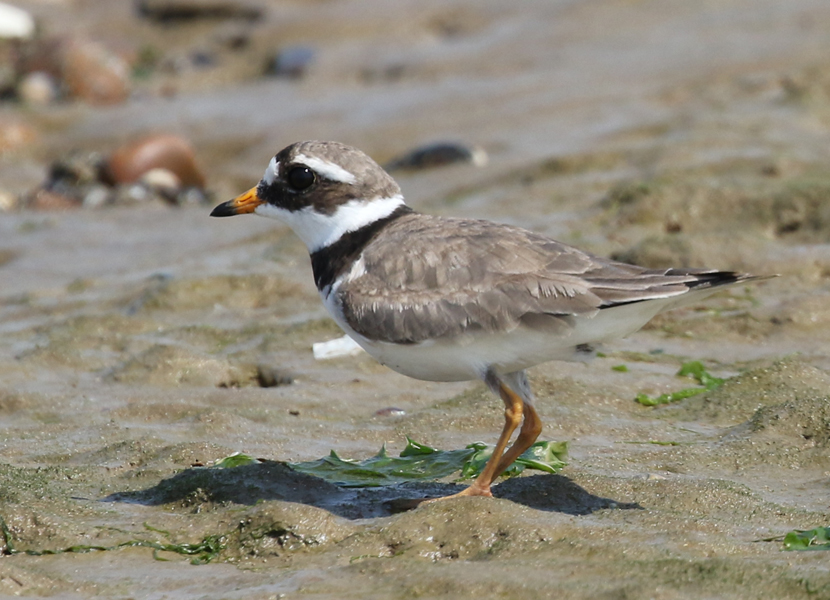



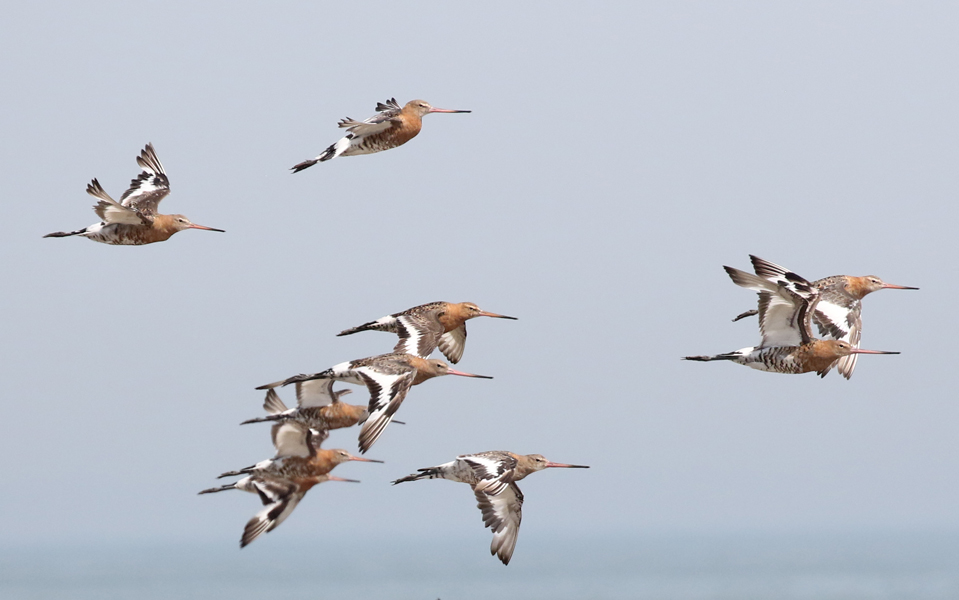


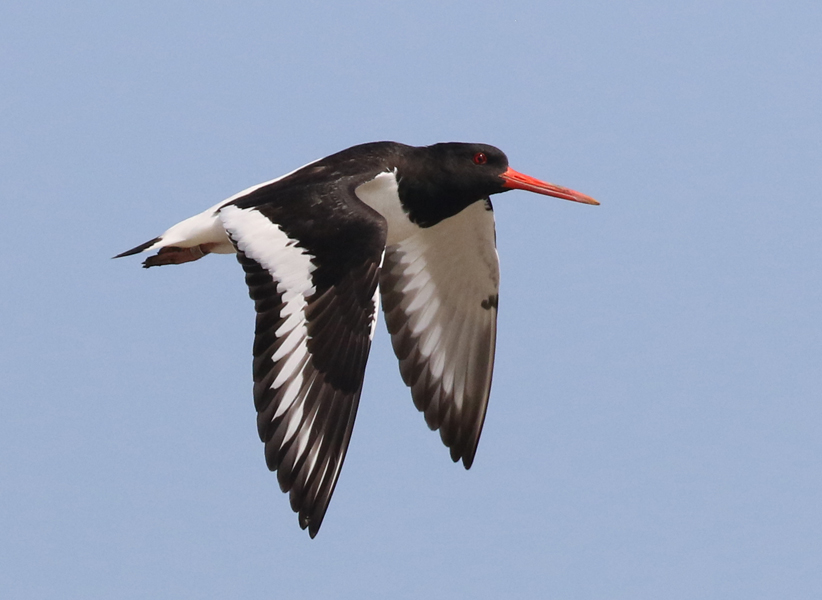

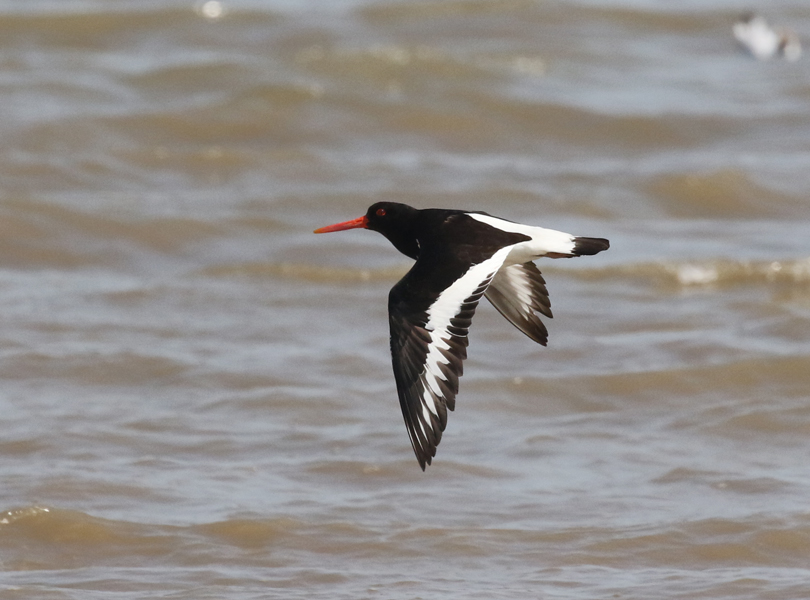
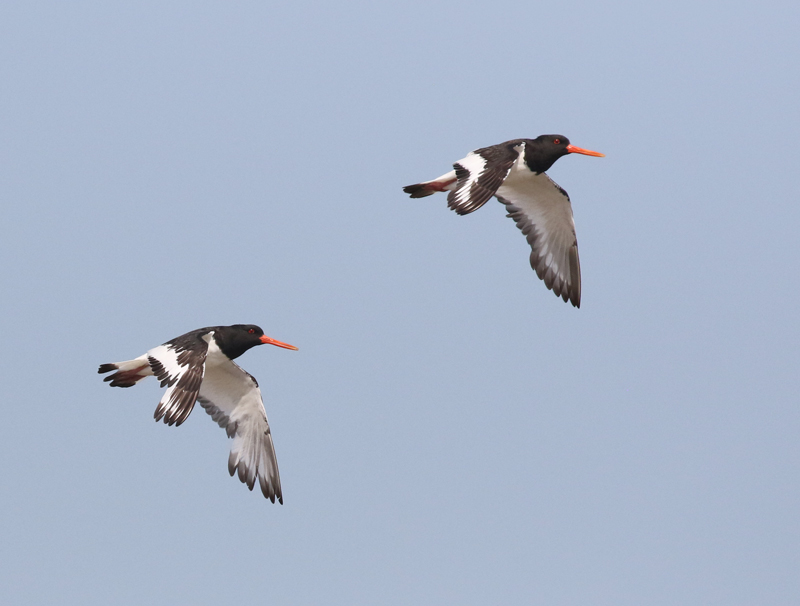

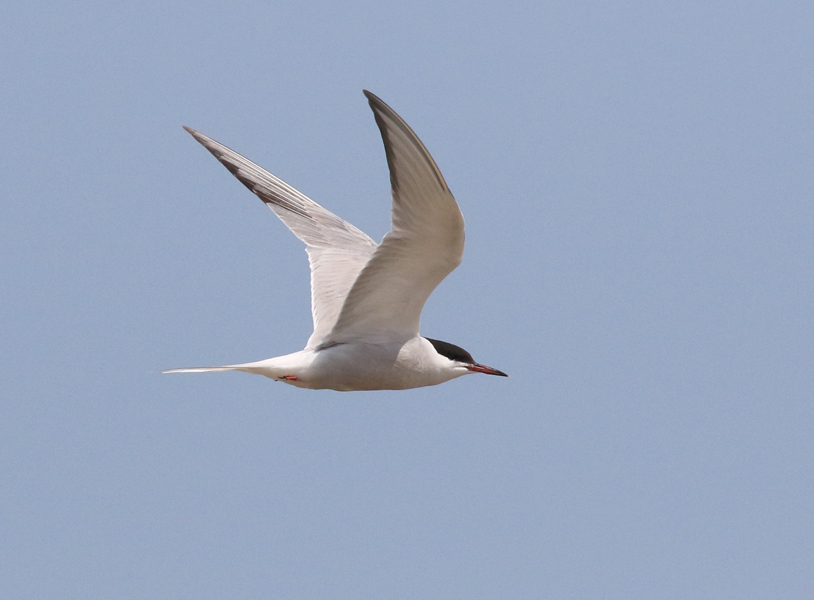

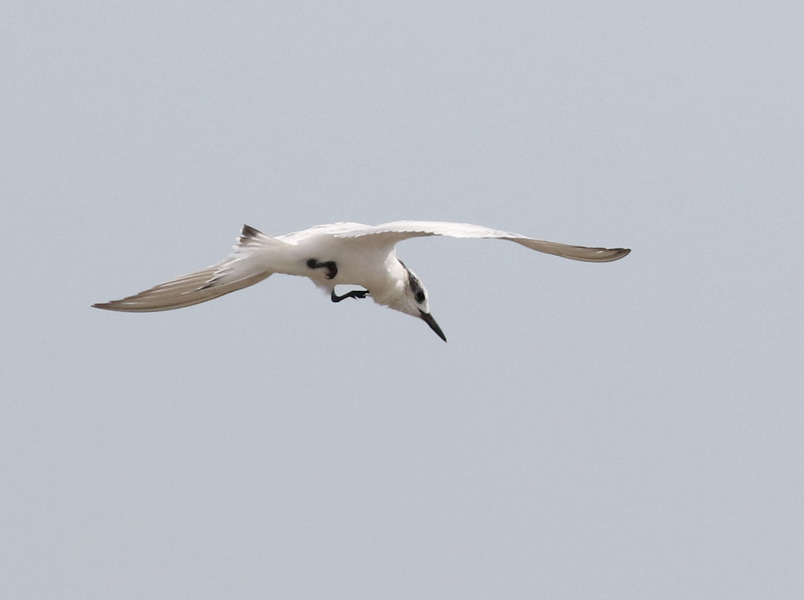


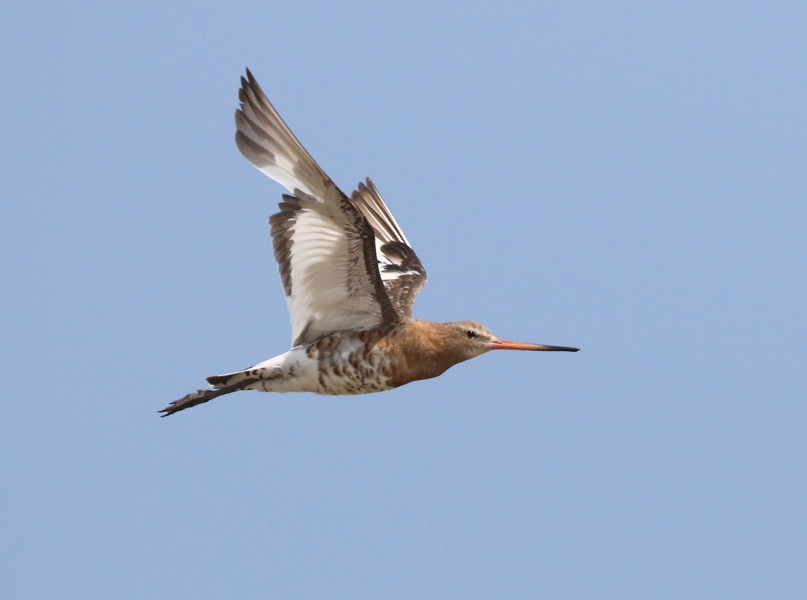

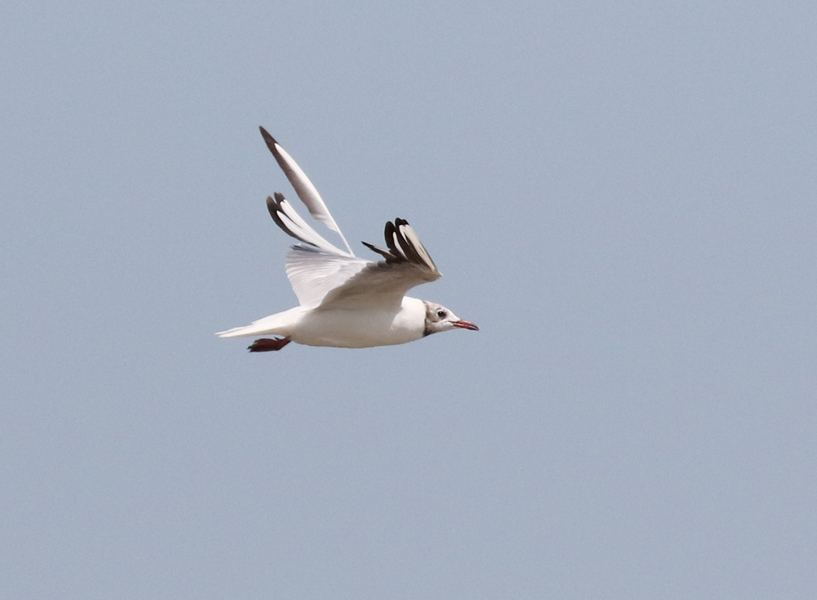


 Posted in
Posted in  Tags:
Tags: 










